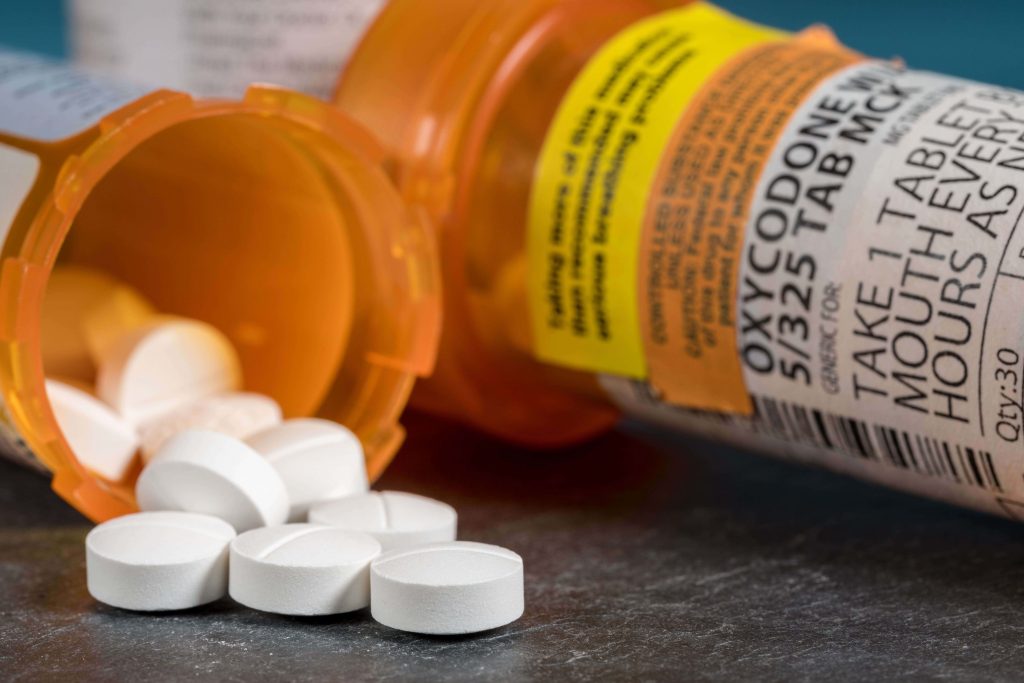Do you take opioids to manage your pain? Well, you’re not alone. Health care providers in the US write over 200 million prescriptions for opioid pain medication every year. The Center for Disease Control and
Prevention has even issued guidelines about this and urged safe nondrug alternatives, such as physical therapy. And a recent study published in Health Services Research found that people who saw a physical therapist prior to other treatments were 89% in less need of an opioid prescription. If you’re suffering with pain, be sure to call Sports and Ortho Physical Therapy to schedule an appointment with one of our physical therapists.
What Are Prescriptions Opioids?
Prescription opioids are painkillers often prescribed to block pain signals and prescribed to treat moderate to severe pain. These drugs can also be addictive. Regular usage can increase your dependence and make you need higher and more frequent doses. Opioids can restrict your ability to breath and can lead to a fatal overdose.
Opioids are not in the same category as over-the-counter drugs like Tylenol and aspirin. The most common ones prescribed are oxycontin and Vicodin. Symptoms Of Opioid Use Disorder Or Misuse
Opioid use disorder is a medical condition used when one is not able to not stop taking opioids. When one is physically dependent on opioids, they typically have withdrawal symptoms like sweating and cravings. Other signs include drowsiness, weight loss, change in sleep habits, flu-like symptoms, changes in exercise habits and isolation.
How Physical Therapy Can Help With Opioid Consumption
According to a study published in JAMA, most people see a physical therapist for musculoskeletal conditions that result in back, neck, knee and shoulder pain.
Researchers found that when a person saw a physical therapist, they were less like to be prescribed opioids. “This study provides early evidence that the CDC guidelines may help decrease long-term opioid use,” said Steven George, PT, PhD, one of the study’s contributing researchers. “The biggest takeaway is that early physical therapy may be a viable option for several musculoskeletal conditions, especially if preventing long-term opioid use is a treatment goal.”
A physical therapist is the healthcare movement expert who helps patients decrease their pain increase quality of life through specific exercises, hands-on care and education. A physical therapist does a complete evaluation of the patient and develops an individualized treatment targeted to the root cause of pain. Patients experience pain relief, increased mobility and regain the ability to perform daily tasks.
There’s a lot involved in a physical therapy treatment plan. It often includes both active and passive modalities. Active modalities may include targeted exercises and stretching. Passive modalities typically include ice and heat therapy, electric stimulation, ultrasound, massage therapy and stabilization methods.
If you’re suffering in pain, stay away from opioid prescriptions. The risks outweigh the rewards. Instead, see a physical therapist. Be sure to give our office call to schedule a one-on-one consult and evaluation. Our physical therapists are certified and experienced. They’ve helped many others and can help you, too.
Tags: physical therapy, physical therapist, physical fitness, health, fitness, health and wellness, Sports and Ortho Physical Therapy, Opioid, electric stimulation, ultrasound, massage therapy




